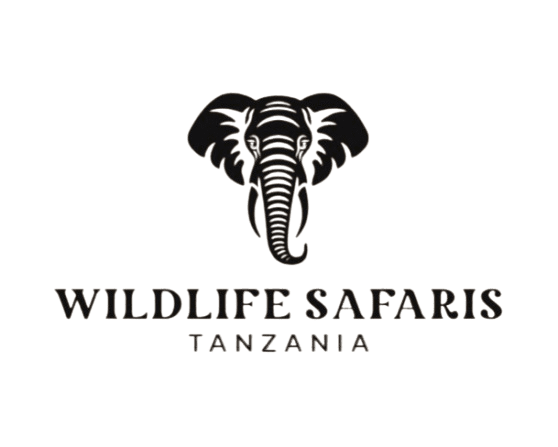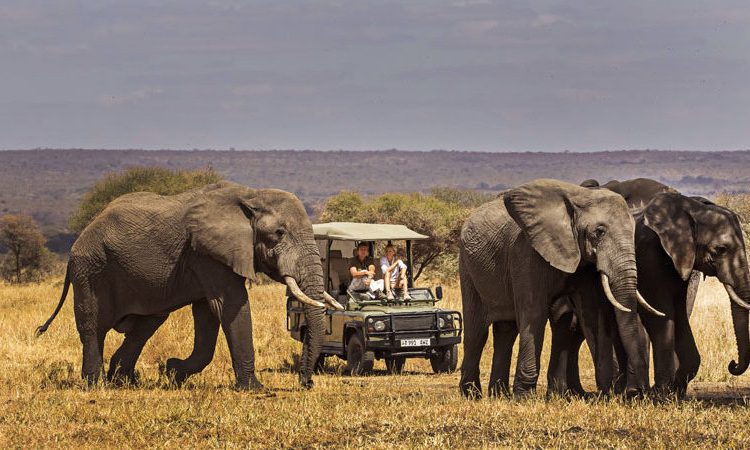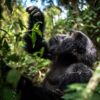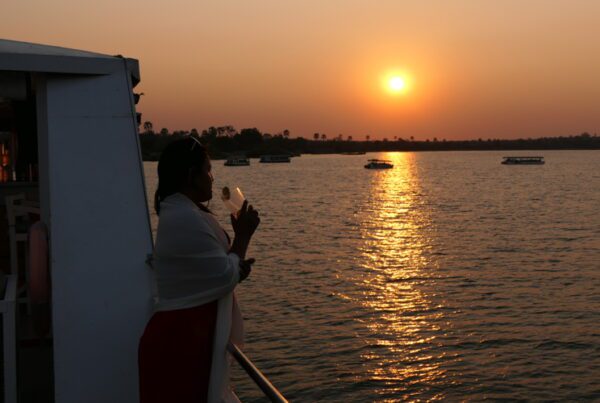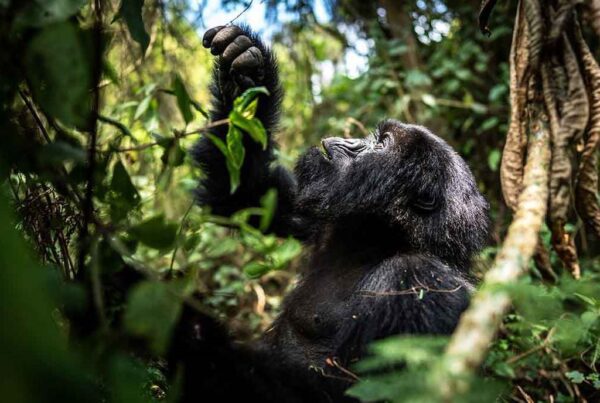Elephant Safaris in Tanzania
Watch it tear branches or move swiftly near your camp. An elephant is one of the most sought-after animals for most safari-goers. And once spotted, the grey display of its heavy coat, the flapping ears, and its unique trunk are features you shouldn’t miss. In this article, we feature this large terrestrial animal.
Like lions, elephants are highly recognizable members of the Big Five. And, unlike lions, these terrestrial giants are gentle. But how did they get a spot in the Big Five group? Well, let’s see. These massive creatures may look so gentle, but they are extremely dangerous. When hunters injured them, they turned into ferocious animals and would kill them if not intervened. Imagine being chased by such a huge animal.
Socially, elephants form family bonds. This family consists of anywhere between 3 and 25 individuals, mainly females and a few males. The herd is often led by a matriarch leader, who, in most cases, is the most experienced female. Mature males may leave the herd and form bachelor herds. Don’t be surprised to find super herds of up to 500 elephants in some parks. They’re formed through a combination of several families.
Elephants thrive in acacia woodlands, groundwater forests, and riverine forests. Ecosystems depend on them. Their ability to tear down branches of acacia trees paves the way for other animals to pass. As a result, ecosystems like the Serengeti-Mara, Ruaha, and Tarangire are shaped by the presence of these enormous creatures. In addition to shaping forests and woodlands, elephants also play a role in the availability of water. They often dig holes near rivers and other water sources, not just for themselves but for other animals.
When to go for an elephant safari in Tanzania
Nothing new. You can embark on an elephant safari during the driest months of the year, from June to October. Water is scarce, and this draws them close to the few water holes and rivers available. The road conditions are also perfect for driving, and the vegetation is thin, hence allowing a smooth game drive. The downsides include large crowds and inflated prices. Another best time is in January and February to avoid the crowds and travel within your means.
The best destinations to see elephants in Tanzania.
So, where should I go for an elephant safari in Tanzania? There are plenty of options, but here are our favorite parks.
Tarangire National Park.
Tarangire isn’t as famous as the Serengeti and Ngorongoro Crater, but it has its fair share of elephants in Africa. Recently rated as an ‘elephant paradise’ in Africa, this 2,850 km2 expanse boasts an array of habitats, from woodlands to open grasslands. About 1,000 elephants call this pristine wilderness home, making it the highest concentration of elephants.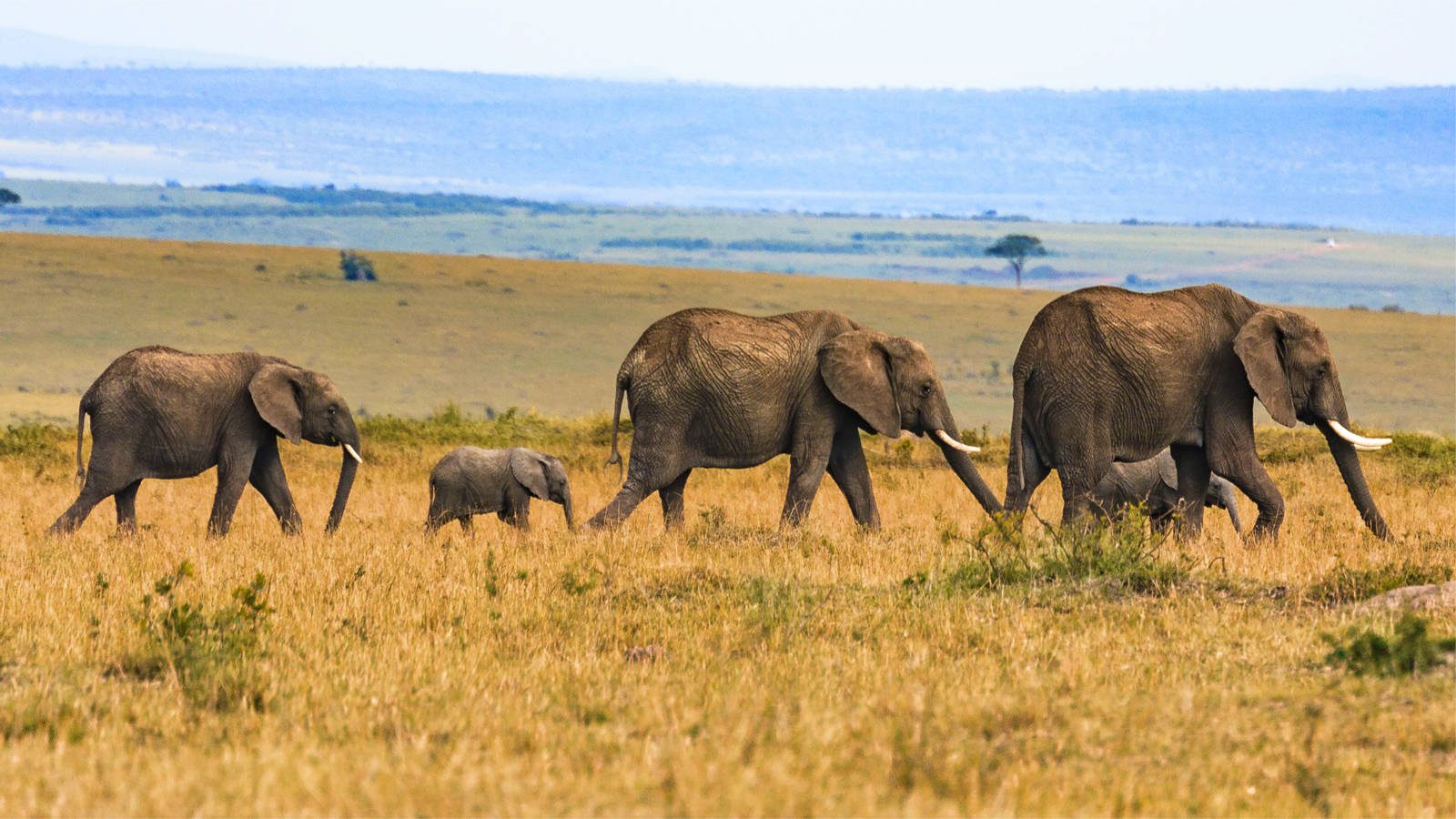
During the dry season, massive elephant herds joined by wildebeest, zebras, gazelles, and impalas move close to the Tarangire River, the only reliable water source in the park. This is what we call a little-known wildlife migration, second to the Serengeti’s iconic wildebeest migration. You can see elephants in the remote southern part, particularly near the Silale Swamp. They go there to drink and to wallow in the mud to avoid the scorching sun.
There’s no shortage of the best camps to stay during your elephant safari in Tarangire. For luxury, you can stay at Tarangire Treetops or Asilia’s Oliver Camp. If you are on a budget, the Whistling Thorn Camp is your perfect place to stay.
Ruaha National Park.
Ruaha harbors Tanzania’s largest elephant population. Located in the remote south, this park is packed with pristine landscapes, giant landscapes, and richer wildlife. Like we said, elephants form medium-sized herds of up to 20 individuals. However, the elephants of Ruaha are exceptional. They form super herds of up to 300 individuals.
In addition to elephants, Ruaha is also a refuge for large prides of lions. Here, lions often command the vast plains. Seeing another vehicle is very rare. Wildebeest, zebras, giraffes, cheetahs, and wild dogs make appearances during drives more often than other safari vans.
Despite being remote, Ruaha has many camps to stay at while you’re exploring these gentle giants. Here, you can stay at Jabali Ridge, Siwandu Camp, Kigelia Ruaha, and Usangu Camp. To make your safari exceptional, these camps offer bucket-list experiences, including fly camping, night drives, and bush walks.
Nyerere National Park.
Not only is it the largest park in Tanzania, but Nyerere (Selous) is home to untouched wilderness packed with wildlife and birds. You can reach there by a 45-minute flight from Dar es Salaam. Elephants are a common sighting in this expansive wilderness. Forming large herds, elephants are often seen roaming along the mighty Rufiji River.
Apart from elephants, Nyerere hosts many animals, including wildebeest, zebras, lions, leopards, and hippos. In addition to wildlife encounters, you can do other safari activities like guided nature walks, fly camping, boat safaris, and night drives.
There are good camps and lodges to stay in Nyerere. You can stay at luxurious camps like Beho Beho Camp, Roho ya Selous, and Sand Rivers, or budget camps like Rufiji River Lodge, Mavuno River Camp, and Azura Nyerere.
Bottomline.
Tanzania elephant safaris are among the wonderful experiences. We’ve guided many single-animal adventures to Tanzania. And we are ready to take you there. Call our experts to start planning.
